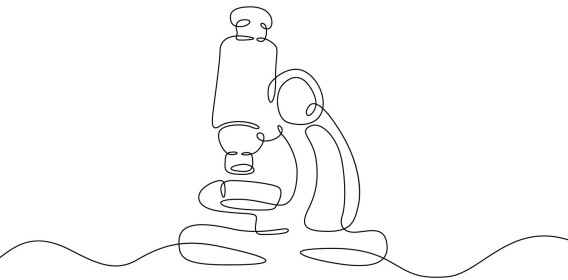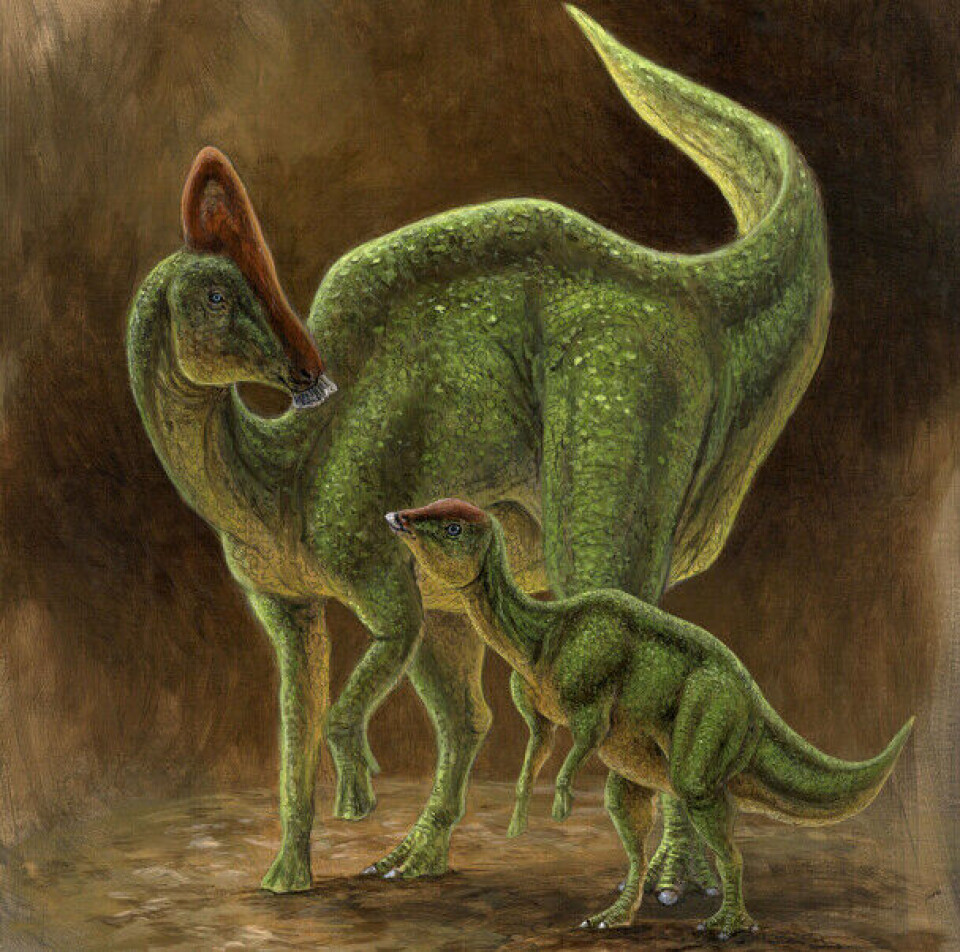
Norway has never had a real dinosaur – until now.
Now we have two.

But unexpected things often happens during large projects.

This time was no different.
How do you assemble a dinosaur?
“There’s no room for the tail,” says palaeontologist.
Jørn Hurum, a professor at the Natural History Museum in Oslo, points towards the rear of a towering dinosaur skeleton stretching up to the high ceiling.
Powerful thigh bones protrude beneath the broad ribs, but the feet are still missing. So is the head. And as for the tail—there’s no space for it. It would collide with the back wall.
“Will you have to tear down the wall?”
“Hehe! No, not at all. We’ll just bend the tail,” says Hurum.
He points to the metal support that will hold the bones, explaining that it just needs to curve a bit more than they initially planned.
Hurum explains that unexpected challenges are common in big projects like this. And this one is truly a monumental task. In fact, it’s a historic first:
For the first time, two real dinosaur skeletons are being assembled in Norway.

Real bones
The museum has other large skeletons of prehistoric animals, like the Tyrannosaurus Stan. But Stan is not the real thing. The bones displayed in Oslo are replicas made of plastic, while the actual Stan resides in Abu Dhabi, in the United Arab Emirates.
But that is not the case with the new skeletons. These are the real deal – the actual bones of the dinosaurs Zelda and Zara.
These two plant-eating giants roamed North America around 74 million years ago. Zelda was fully grown and will stand three metres tall and stretch seven and a half metres long once her head and tail are attached. Zara is much smaller. She was only a juvenile when she died.
The two were discovered together in the early 2000s.
Are Zelda and Zara mother and daughter? There is no way to tell. It is also difficult to determine their gender. But since the other dinosaurs at the museum have been given male names, like Stan and Roar, the new skeletons were given female names.
Now, purchased by the Savings Bank Foundation DNB, they will be permanently displayed at the Natural History Museum in Oslo.
Millions of pieces
However, the journey from their discovery site to the exhibition room in Oslo was far from easy.
“The skeletons are incredibly fragile when you find them,” says Hurum.
The cartilage fibres that once held the bones together have long since decayed, leaving the remaining structure extremely brittle.
“When you find bones like these, you can’t just pick them up. They’re so full of cracks that they’d fall apart in your hands. There are millions of pieces,” he says.

Instead, palaeontologists carefully extract the stone blocks containing the bones, encase them in protective plaster shells, and transport them to the lab. There, they apply binding materials to stabilise the bones as they gradually unearth them.
“You’re essentially feeding glue into the bone while digging it out,” says Hurum.
It’s an enormous undertaking.

Tens of thousands of hours
“Excavating a skeleton might take just a month or two, but stabilising it in the lab for display requires tens of thousands of hours of work,” says Hurum.
And there’s always some missing pieces.
Zelda and Zara are well-preserved, with 70 per cent of their bones intact. The remaining bones need to be cast in plastic, modelled after complete bones from other skeletons of the same species.
Another challenge is that the skeleton cannot stand on its own. It has to be mounted – as discretely as possible – on a sturdy steel structure.
Giorgia Bacchia and Manfredi Musumeci from the company Zoic Trieste are experts in this.

Dinosaur in the dining room
The two technicians welded the steel structures for Zara and Zelda in Italy before travelling to Oslo to assemble everything. They have already finished with little Zara, who is posed standing on her hind legs with her front limbs stretched out in front.
Bacchia and Musumeci are responsible for deciding how the skeletons will be posed.
“Our team creates various sketches for us to choose from,” says Musumeci. “We focus on two key factors: ensuring the poses are anatomically correct and making sure the presentation is visually engaging. We try to bring the skeletons to life.”
The pair specialise in preparing and mounting dinosaur skeletons for clients all over the world – and not just for museums.
“Some private collectors buy dinosaurs to display in their dining rooms, even large skeletons,” says Bacchia. “There are many people who love dinosaurs.”

Dinosaur dealer
Collecting dinosaurs, however, is a hobby reserved for a select few. Large, well-preserved skeletons are not only rare, but the extremely meticulous process of preparing the bones also drives the price to astronomical levels.
The famous T-rex Stan was sold for nearly 32 million dollars in 2022.
Zelda and Zara, while not in the same price range, still came to a combined total of 1.6 million dollars.
But according to Hurum, if you have the funds, acquiring a dinosaur is actually quite straightforward.

“There are dinosaur dealers, much like antique dealers. You just need to contact them. They usually have some interesting skeletons available,” he says.
And now, two of those skeletons have found their place. Both Zelda and Zara are now a permanent part of the exhibition at the Natural History Museum in Oslo.

The images at the top of the article: Photos 1 and 3: Ingrid Spilde. Photo 2: Thomas Fure / NTB
———
Translated by Alette Bjordal Gjellesvik
Read the Norwegian version of this article on forskning.no

Subscribe to our newsletter
The latest news from Science Norway, sent twice a week and completely free.






































